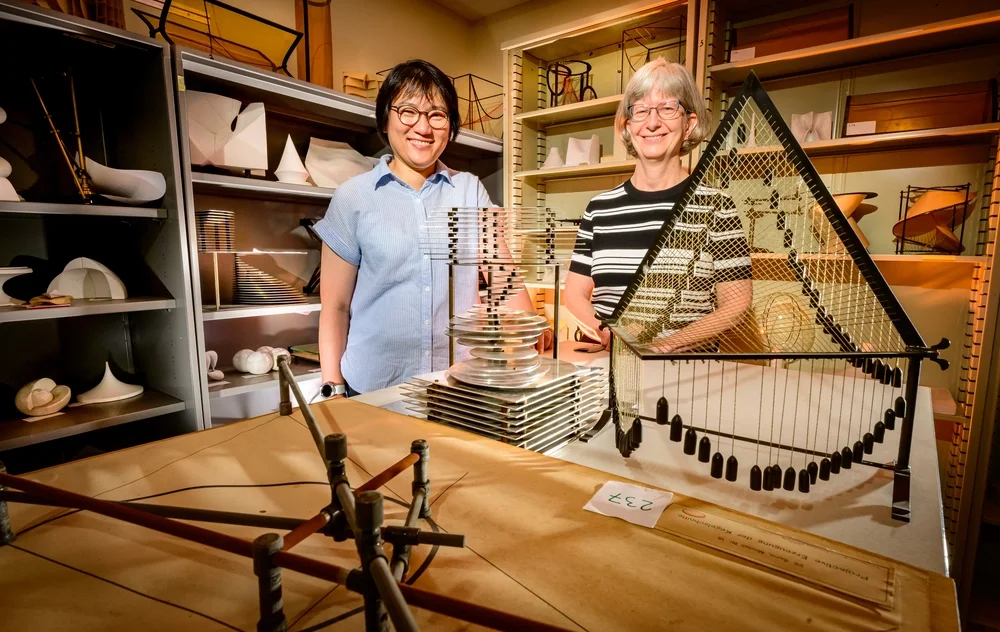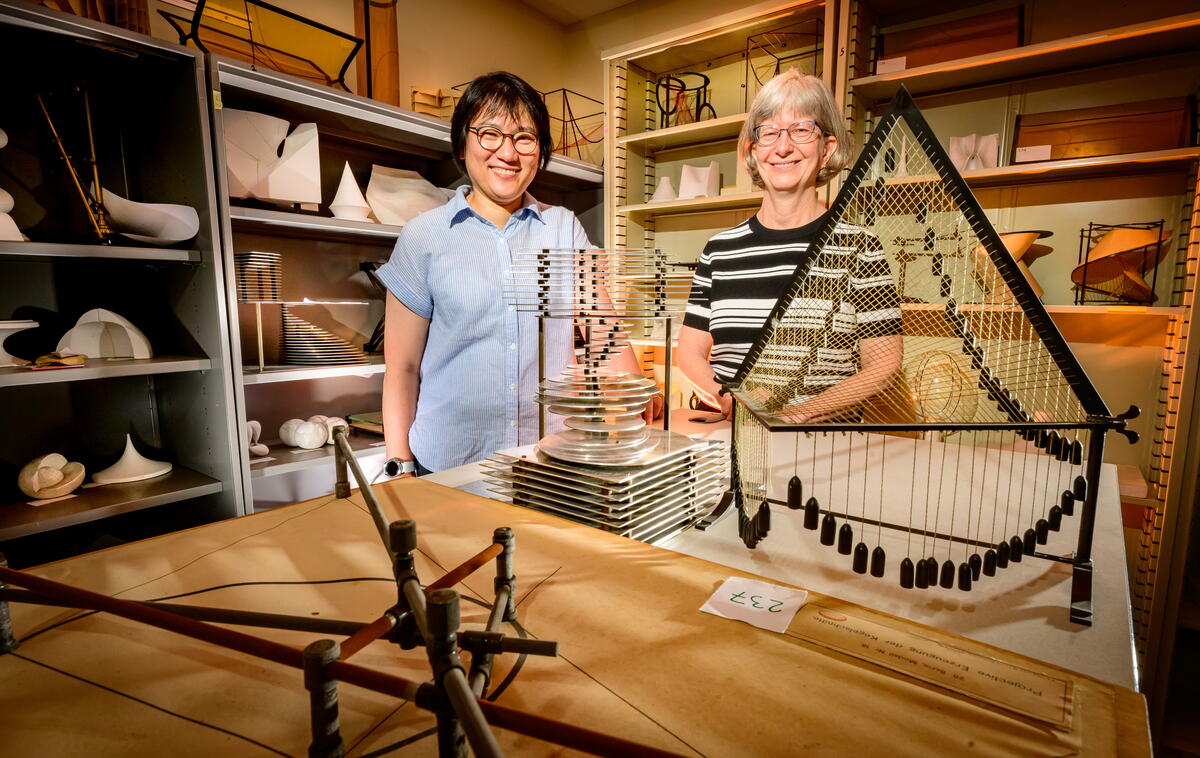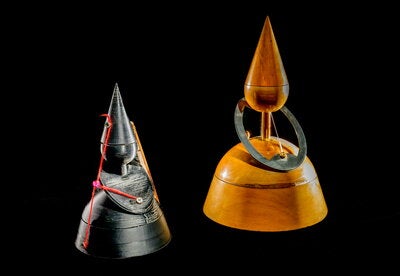

CHAMPAIGN, Ill. — University of Illinois Urbana-Champaign students recreated some of the historical mathematical models owned by the U. of I. math department using a 3D printer.

The Illinois math department has nearly 400 mathematical models — one of the world’s largest collections — from the late 19th and early 20th centuries. The models demonstrate abstract mathematical principles in a three-dimensional way. Many of them were purchased around the turn of the century from the German company Martin Schilling, and others were designed and built by Illinois math professors.
“They are a department treasure,” said mathematics librarian Sarah Park. “We have the largest collection of these objects, and they offer a unique value to mathematics scholars on campus as well as around the world.”
The models were displayed throughout Altgeld Hall, which houses the math department. Moving them to storage during the ongoing renovations of Altgeld Hall offered an opportunity to catalogue and recreate the models. Students worked on the project through the Illinois Mathematics Lab, which offers undergraduate opportunities for mathematical research, experimentation and visualization. They used the Champaign Urbana Community Fab Lab to make the new models.